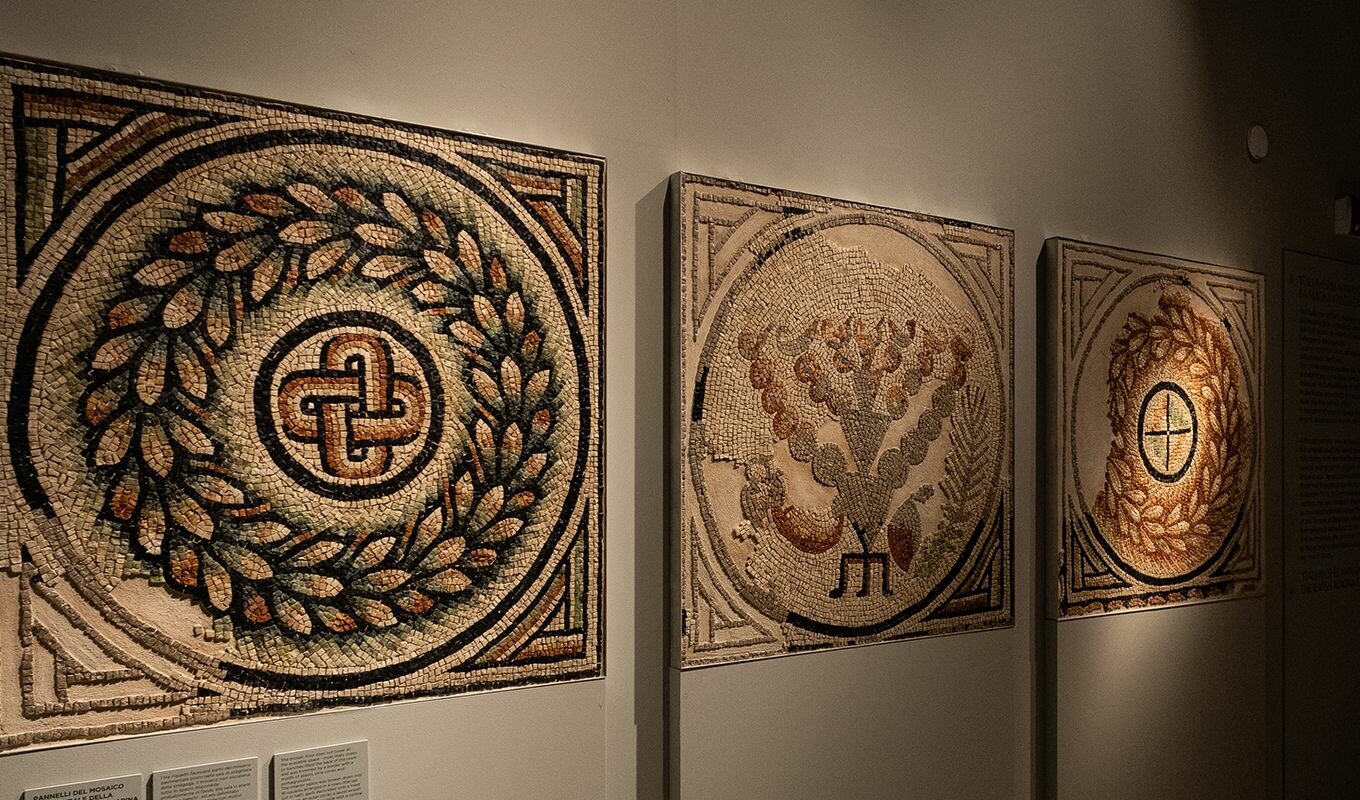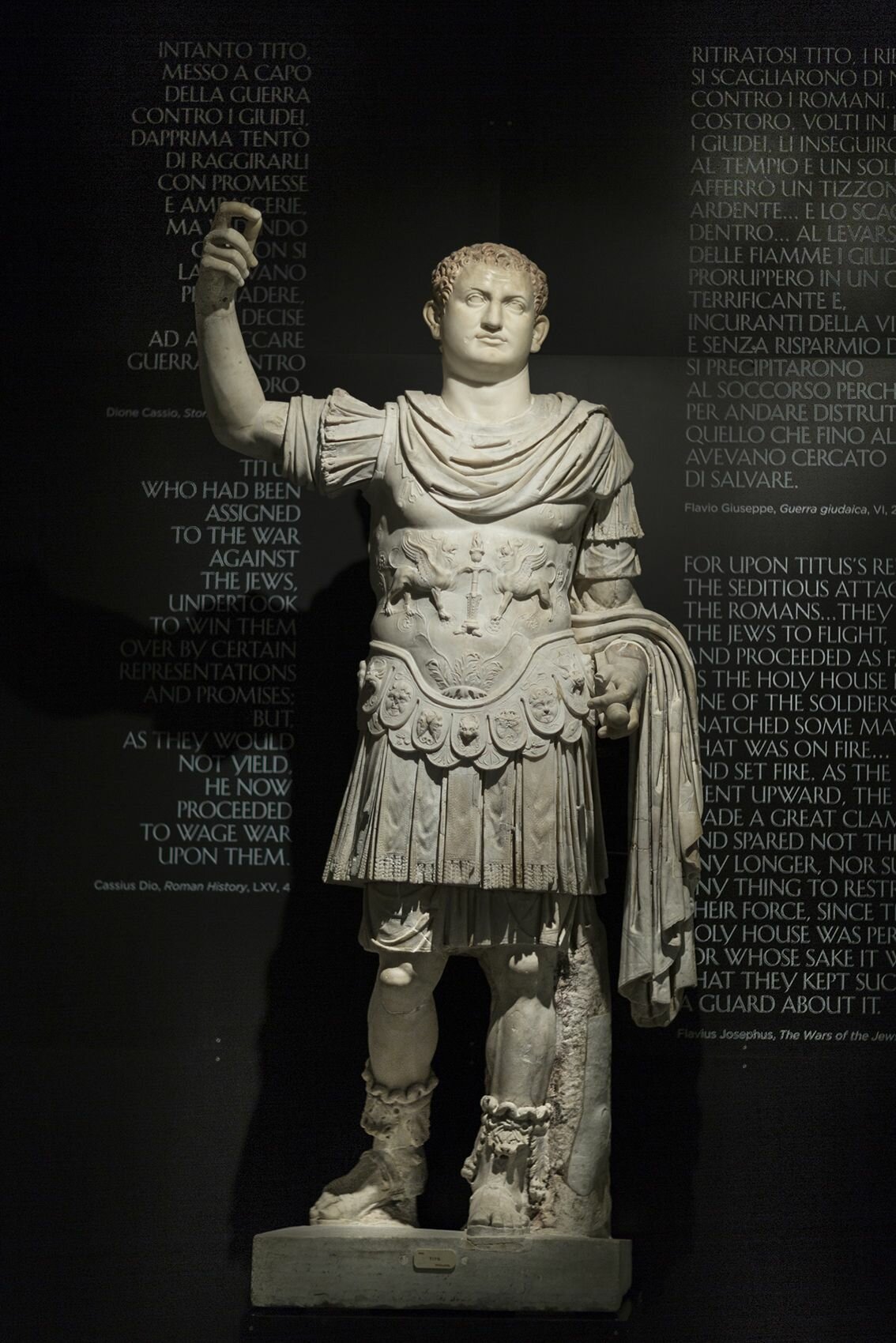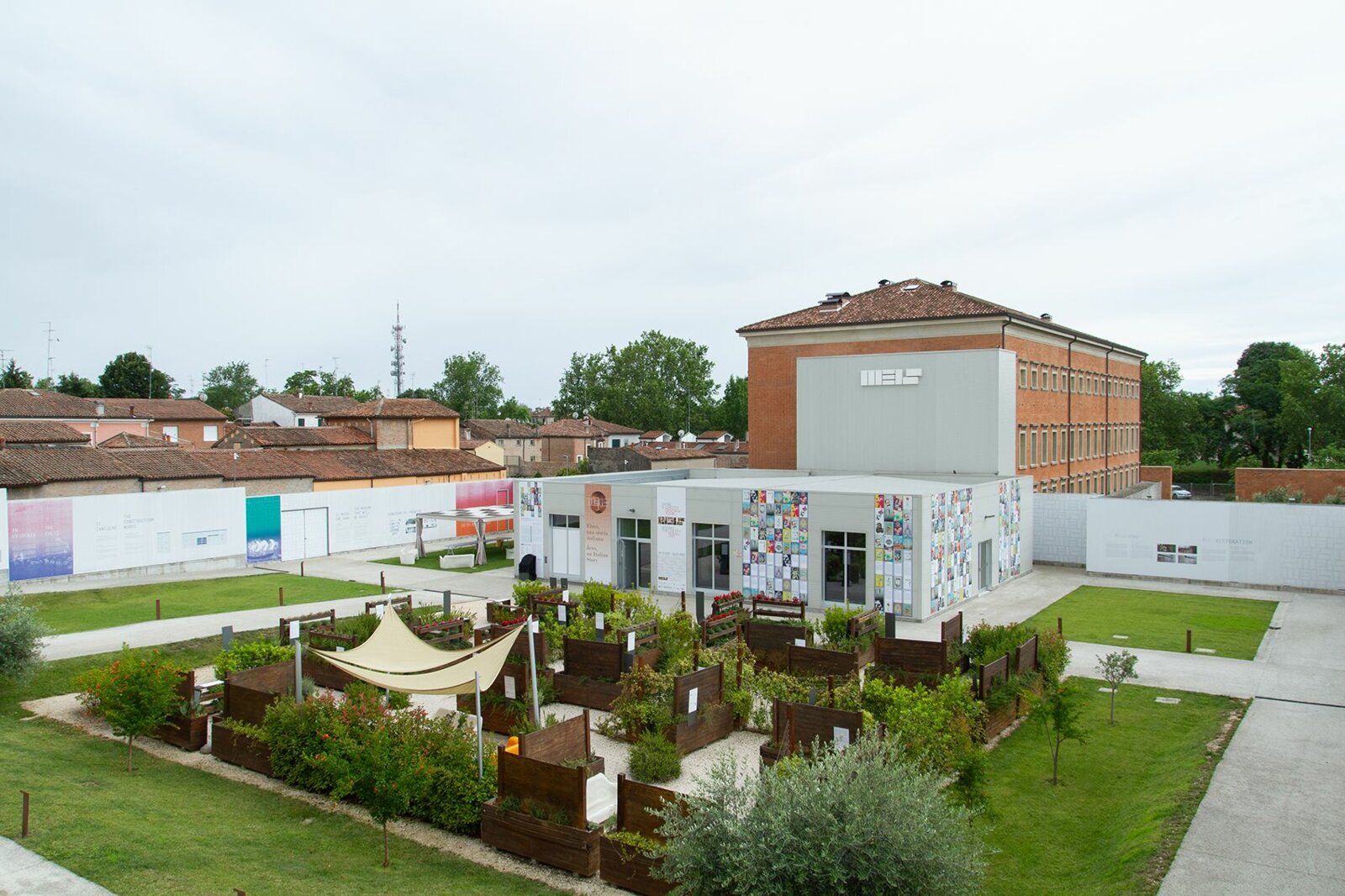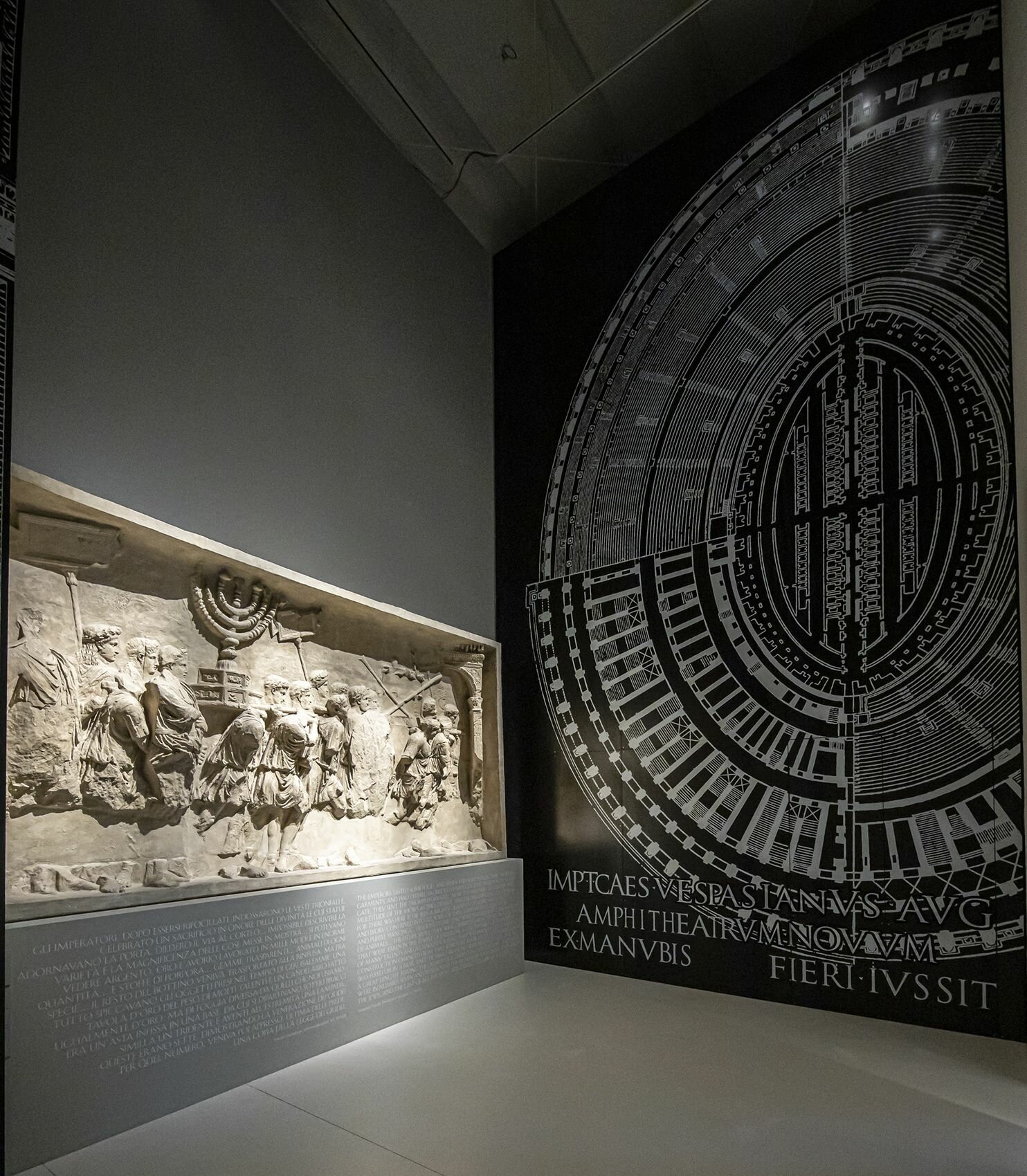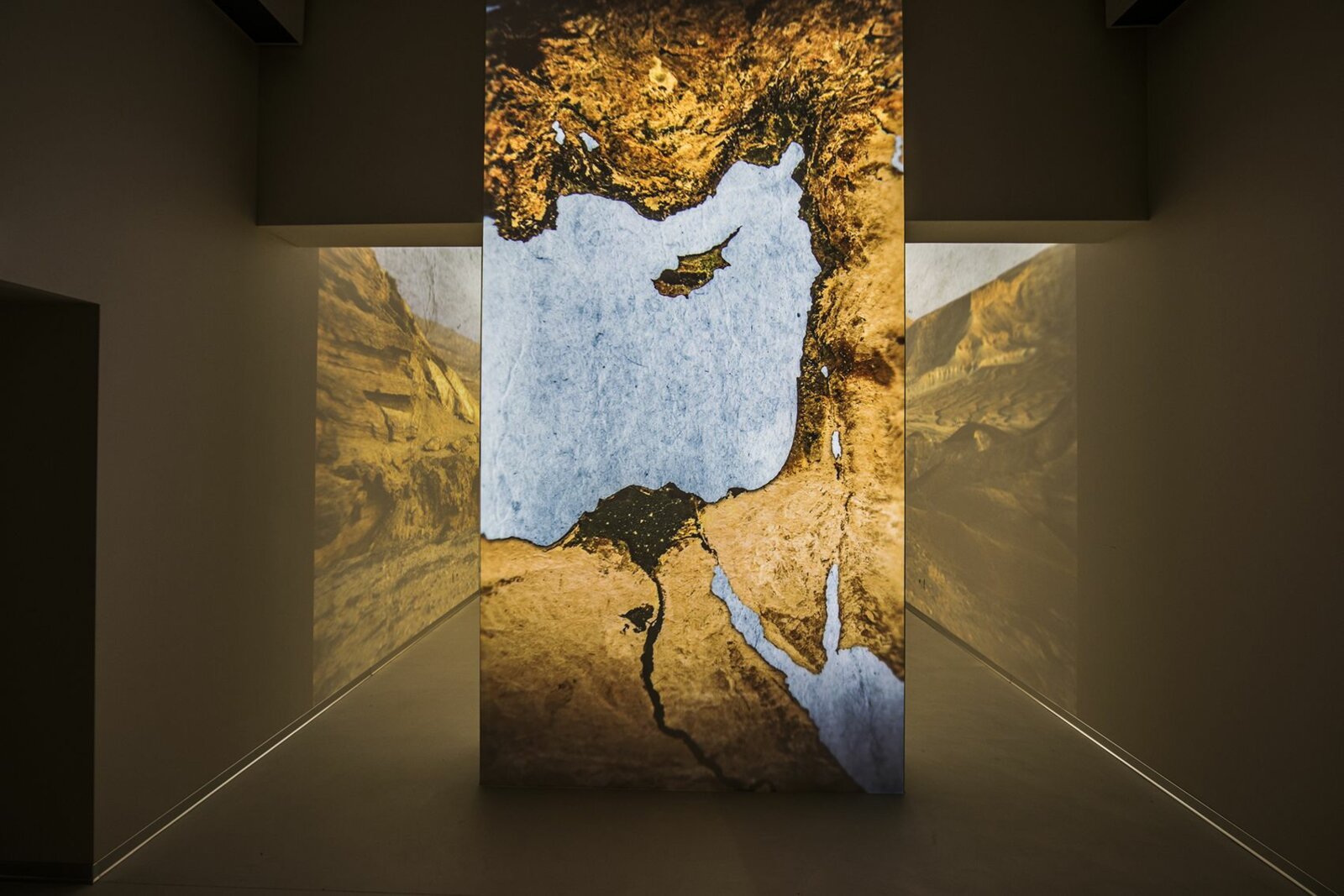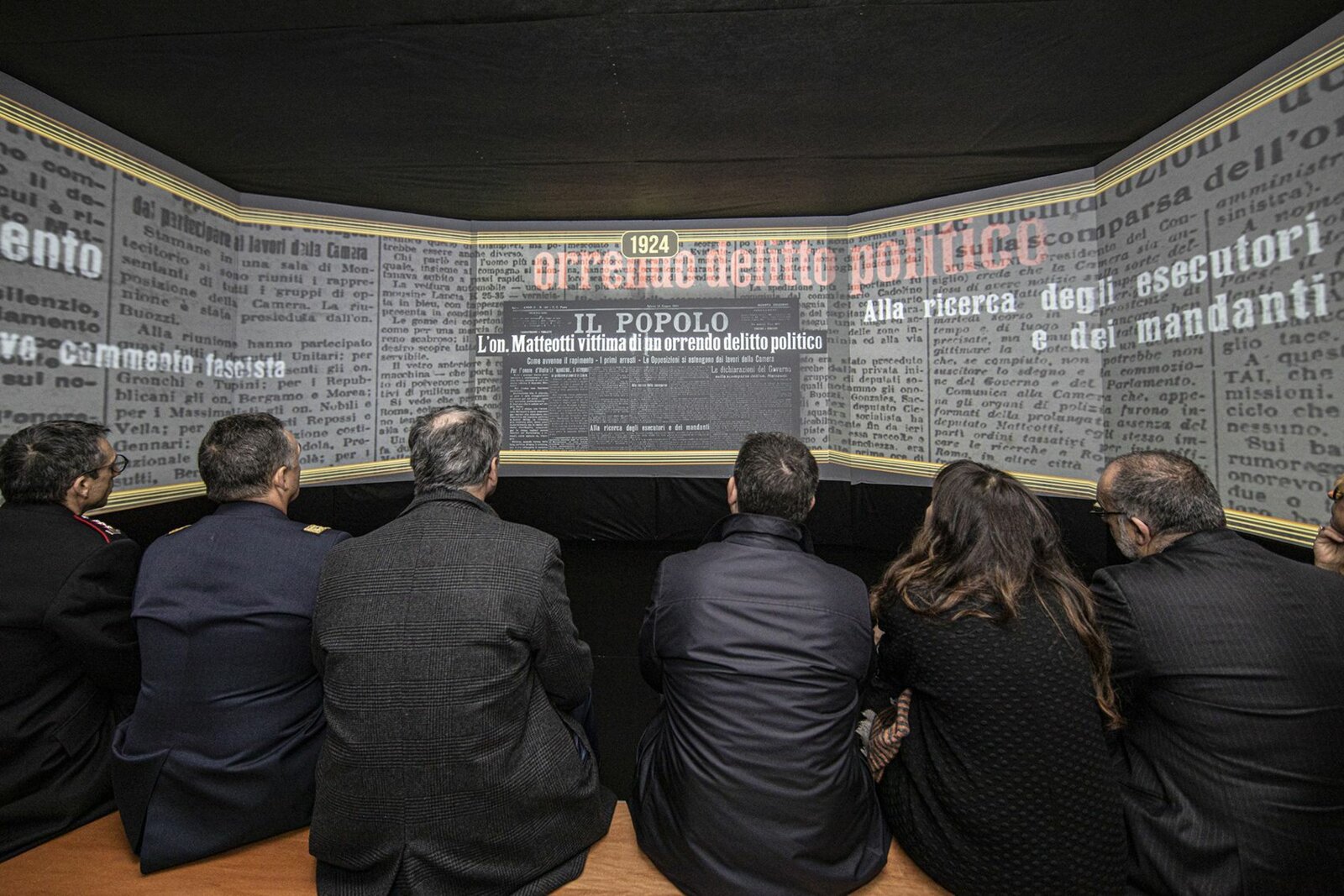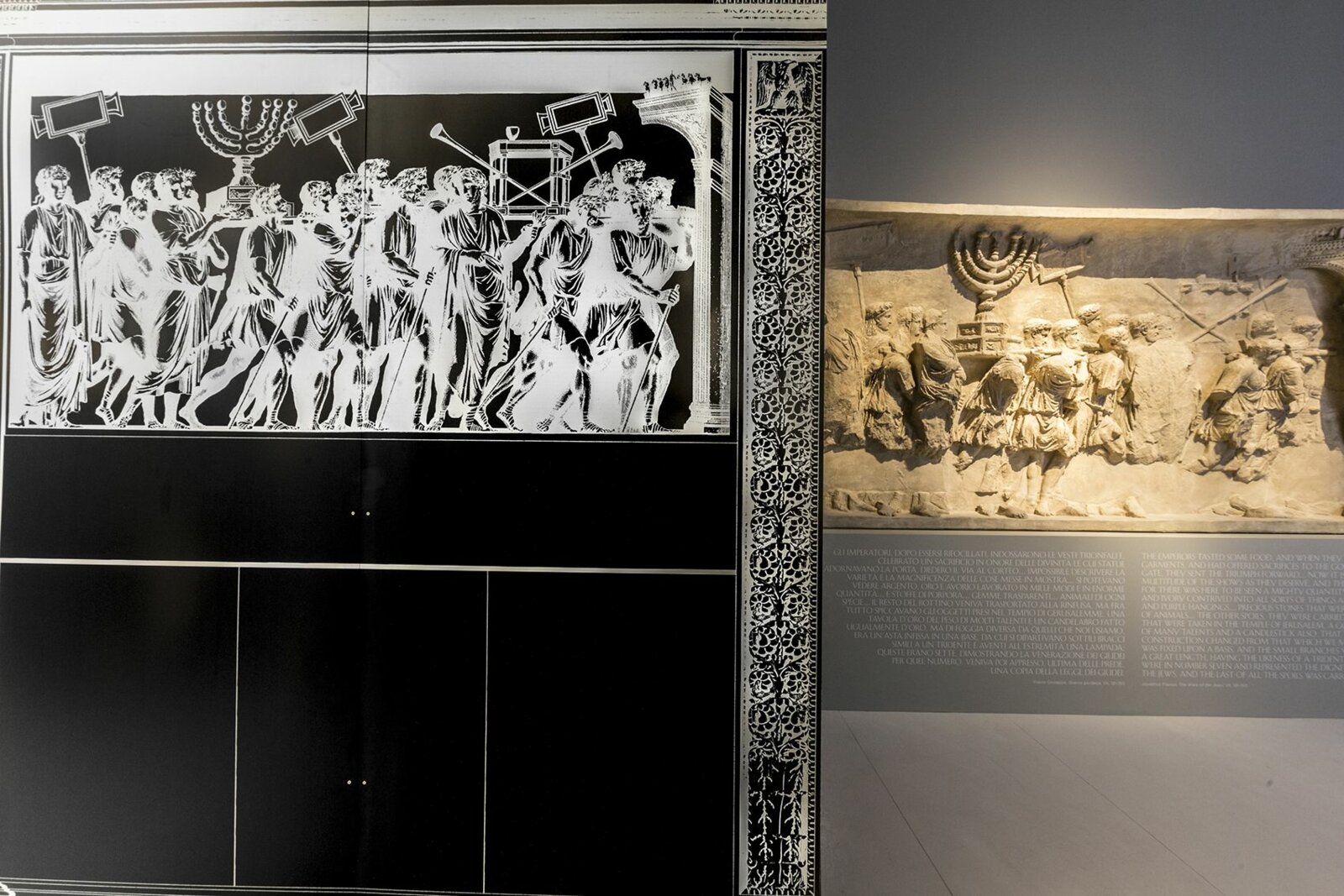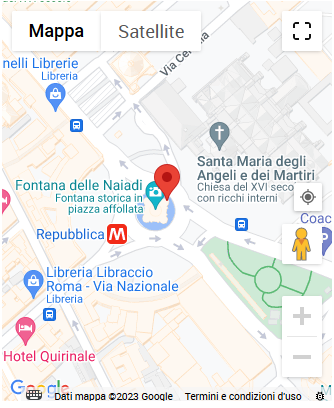Must-see because...
The museum is located in a place full of significance: the building included the old prisons where anti-fascists and Jews were imprisoned at the beginning of the last century
It is a unique opportunity to retrace the history of Judaism in Italy through an itinerary choreographed down to the smallest detail.
Learning has never been so easy: all the contents are displayed in a dynamic and engaging way in order to facilitate their enjoyment, through the use of multimedia supports
You might also be interested

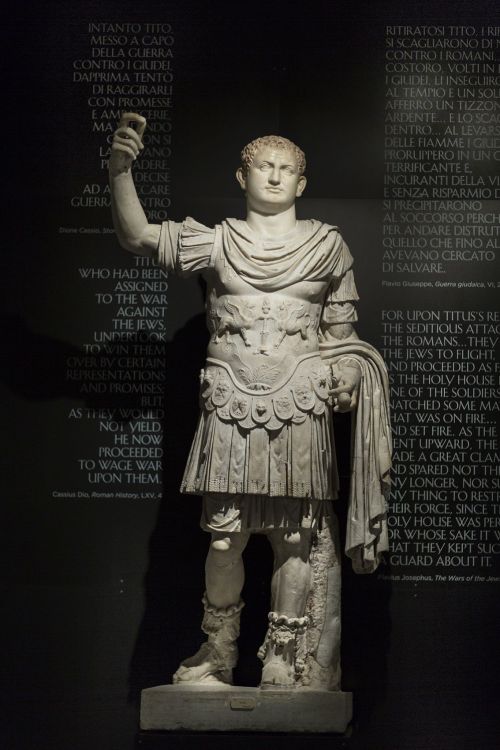
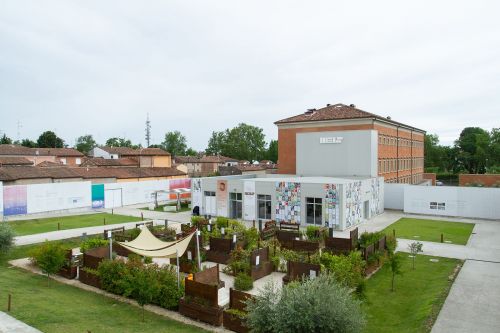
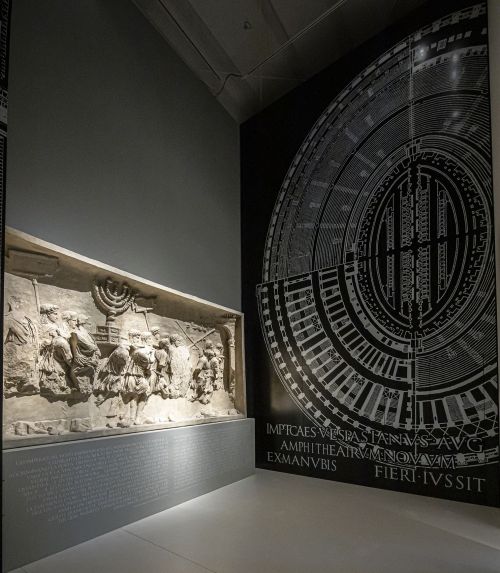
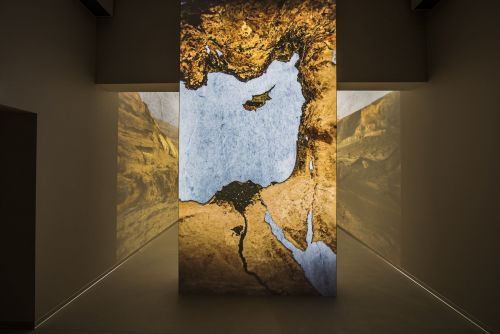
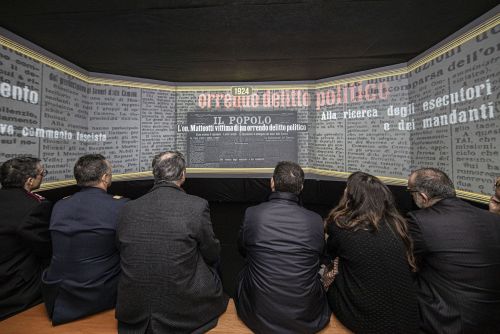
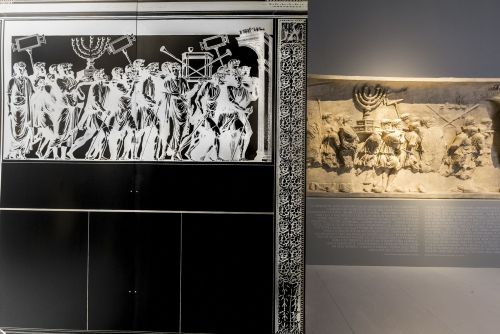
National Museum of Italian Judaism and the Shoah - MEIS
Next to the historical centre of Ferrara, the National Museum of Italian Judaism and the Shoah (MEIS) offers visitors an itinerary dedicated to Jewish history in Italy. An ever-changing exhibition set up in what was once the city's prisons.
A short walk from the Renaissance walls of Rampari di San Paolo and the Ferrara Walls Documentation Center, the museum is a 10-minute walk from the Estense Castle.
Historical Notes
Opened in 2017, the National Museum of Italian Judaism and the Shoah gives voice to the history of Italian Jews, an integral part of the fabric of the country for twenty-two centuries.
The Museum is located within the city's former prison complex. A very specific and highly symbolic choice, as it was here that, during the war, anti-fascists and Jews such as the writers Giorgio Bassani, Matilde Bassani and Corrado Israel De Benedetti were imprisoned.
MEIS, therefore, took up a challenge to transform a place of segregation and exclusion into a place of union and inclusiveness.
The Visit
The tour inside the MEIS unfolds between the ancient and recent Jewish history in Italy, with special focus on the tragedy of the Shoah. Within the complex there are three permanent exhibitions: Jews, an Italian History; the multimedia course 1938: Humanity Denied; and the video projection With the Eyes of Italian Jews.
JEWS, AN ITALIAN STORY. An itinerary that takes the visitor on a journey through the history of Jews in Italy, starting from ancient Rome to the Ghetto period in the 20th century. The exhibition is made up of artefacts, works of art, multimedia content and reproductions. Starting from Jerusalem, all the way to Rome, Ostia and southern Italy. The journey continues through time to the ghetto, with multimedia videos dedicated to the relationship between Judaism and the great works of the time.
1938: HUMANITY DENIED. One path and one goal. Do not forget. Through the use of original documents, period footage, images and installations, the visitor will come into contact with the drama of the racial laws, tracing back the experience of social exclusion, Nazi-fascist persecution and extermination. The exhibition was first shown in 2018 at the Quirinale, on the occasion of the 80th anniversary of the promulgation of racial laws in Italy. This production was promoted by the Presidency of the Republic with the contribution of the Ministry of Education, University and Research-Miur as well as the support of Intesa Sanpaolo.
WITH THE EYES OF ITALIAN JEWS . Twenty-four minutes for 2200 years of Italian history and culture, through the eyes of its Jewish people. A comprehensive and complex project, the result of rigorous work, months of research and consultation. What is the real source of discrimination? What was the ghetto really like? How did Italian Jews participate in crucial moments of Italian history? These are just some of the many questions this multimedia content attempts to answer.
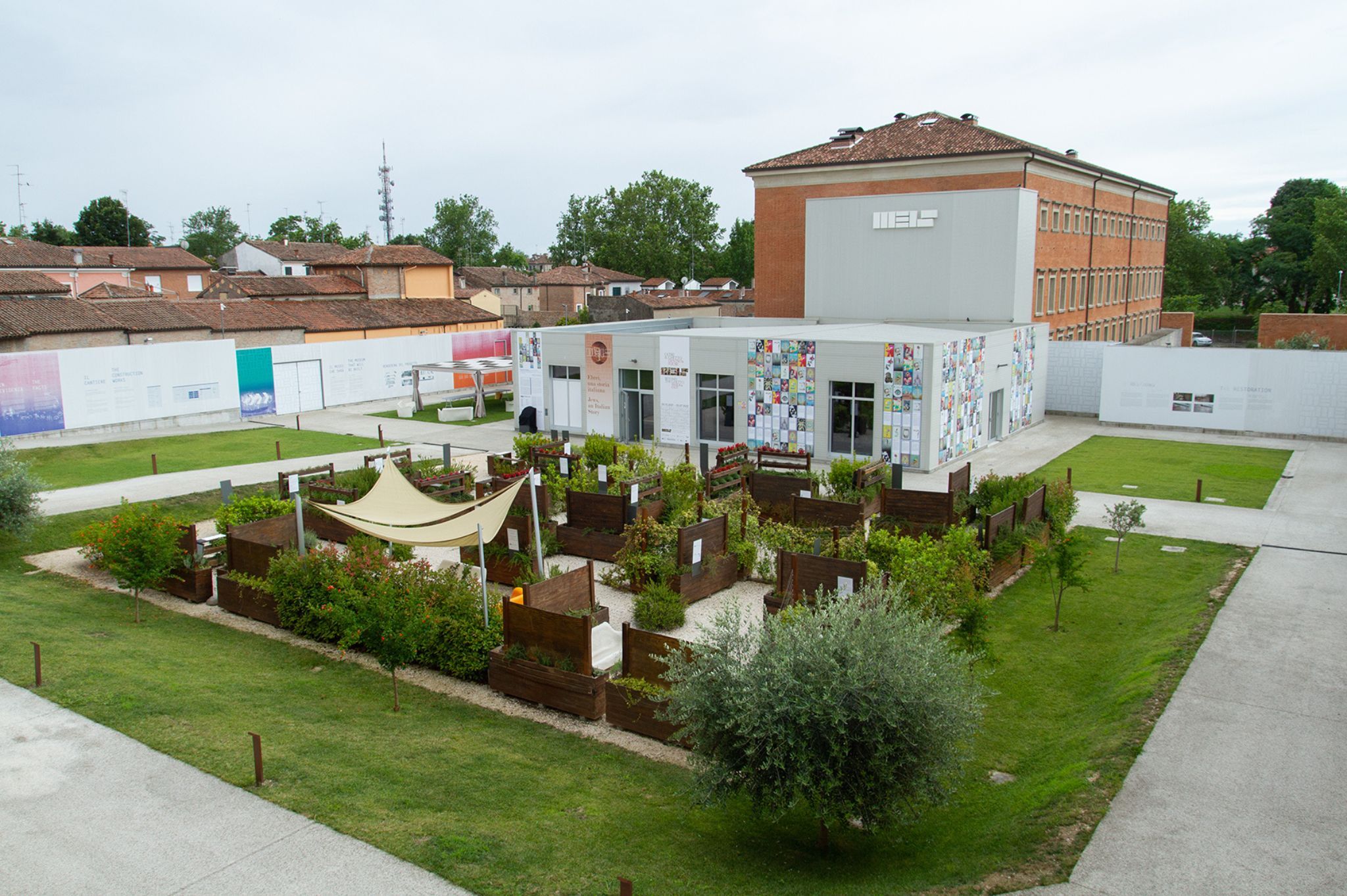
You may not know about...
WHY IS THE MEIS BASED IN FERRARA? Since the time of the Este family, Ferrara has been a welcoming and generous haven for the Jewish people. The Dukes of Este opened the city's gates to the Jews when other rulers – starting with the popes – drove them out or isolated them. Jews have lived here for over a thousand years, in continuity and natural exchange with the rest of the population.
THE JEWISH CALENDAR. The Jewish calendar begins on the sixth day from the Creation of the world, that is, when the human being was created. Based on indications from the Bible, rabbinic tradition has calculated this date to what corresponds to 3760 BCE. Do you want to know what year of the Hebrew calendar you are in? Just add 3760 to the current Gregorian calendar year. The current year, 2022, correspond to the Jewish 5782.
Ph. © Marco Caselli Nirman

